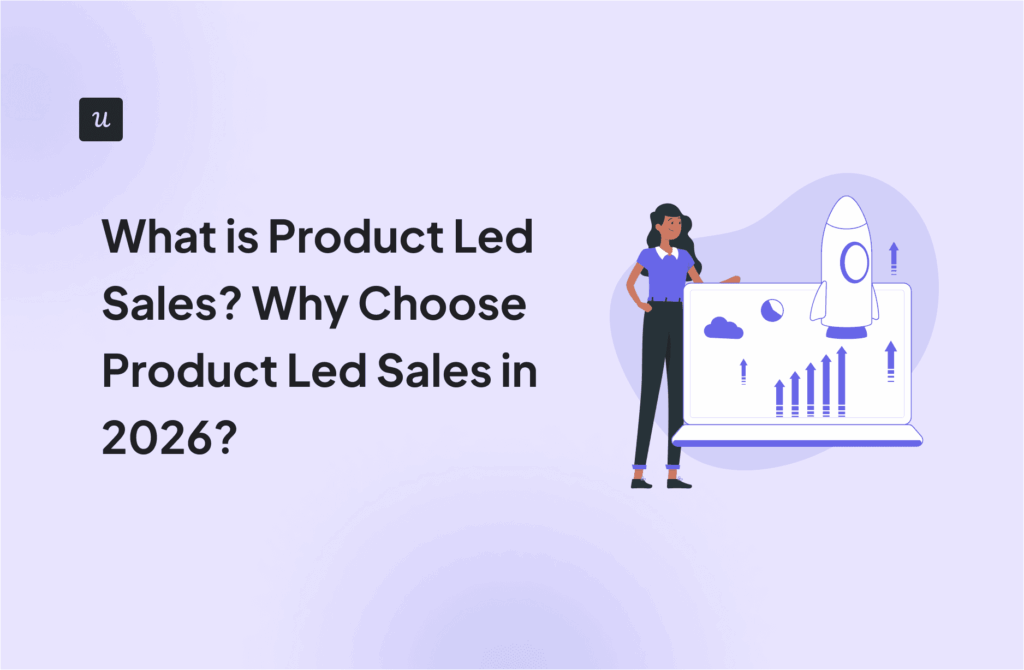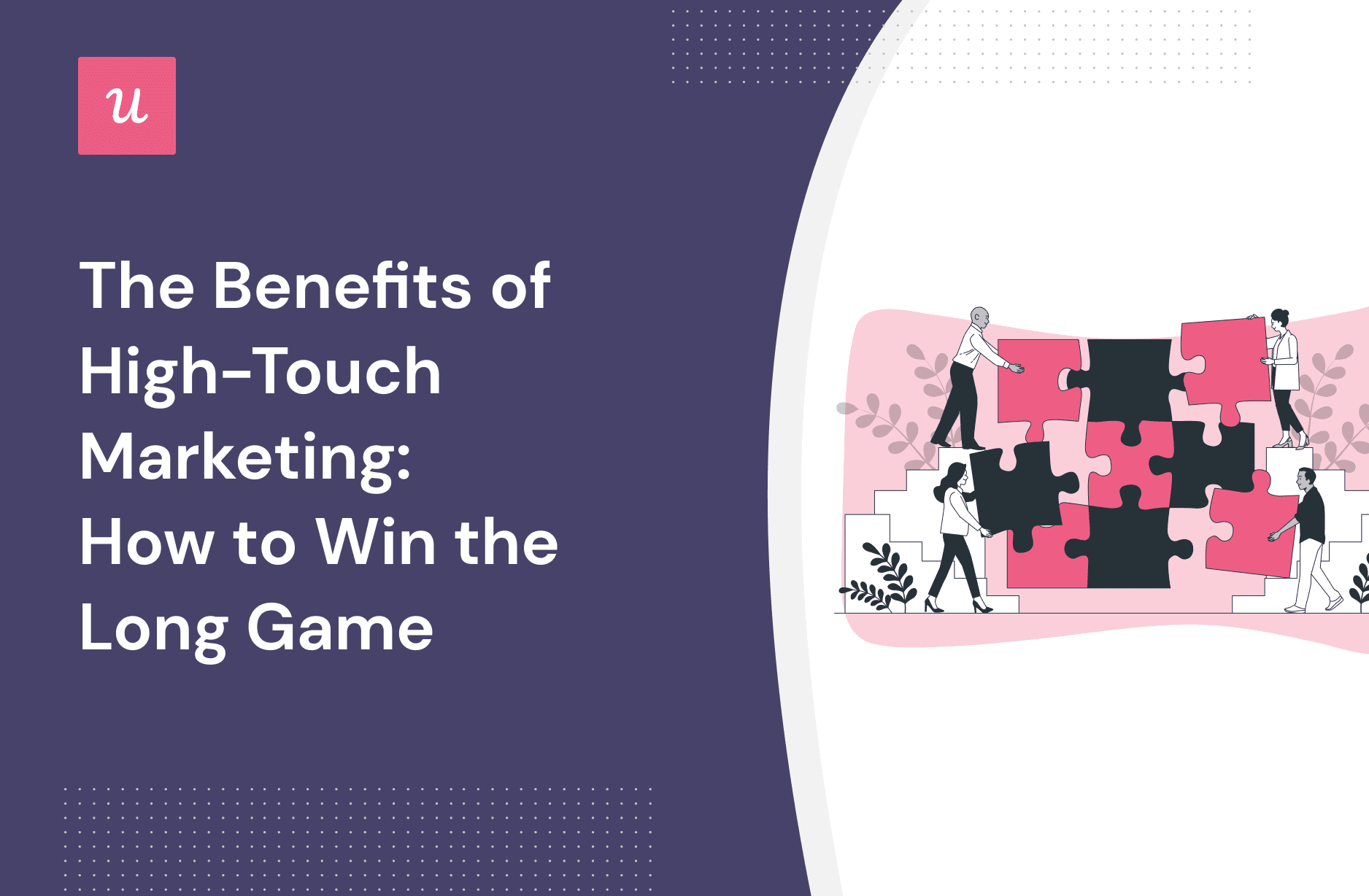
Anyone who’s worked in product marketing will you that potential customers need to be nudged towards making a purchase. It’s not enough for a customer’s friend to discover your business through word of mouth. You need to actively communicate value through high-touch marketing.
A high-touch approach to marketing can be more cost-effective in the long run while still managing to convince your audience that the products or services you provide are worth paying for. Let’s explore how this works in the SaaS world!
Try Userpilot Now
See Why 1,000+ Teams Choose Userpilot

Short summary of high-touch marketing
- High-touch marketing focuses on cultivating long-term value while low-touch marketing is a more short-term, passive approach that emphasizes immediate sales.
- High-touch marketing needs to be authentic, informative, personalized, and data-driven in order to actually connect with the customer.
- Email campaigns, in-app messaging, social media platforms, and customer education programs are just a few venues you can launch your high-touch efforts from.
What does high-touch mean in marketing?
High-touch marketing focuses on building relationships between your business and its customers. Like any relationship, you need to first engage the other person on a personal level and communicate your point clearly.
Because most customers need some convincing before they recognize the value of the solution you’re providing, you’ll need to maintain continuous interaction with the client throughout the course of their buyer journey.
The better your messaging is, and the more often your brand has an interaction with the client, the easier it will be to build trust while nurturing a healthy relationship. It’s easy to see which touchpoints companies should focus on when you look at the customer journey map:
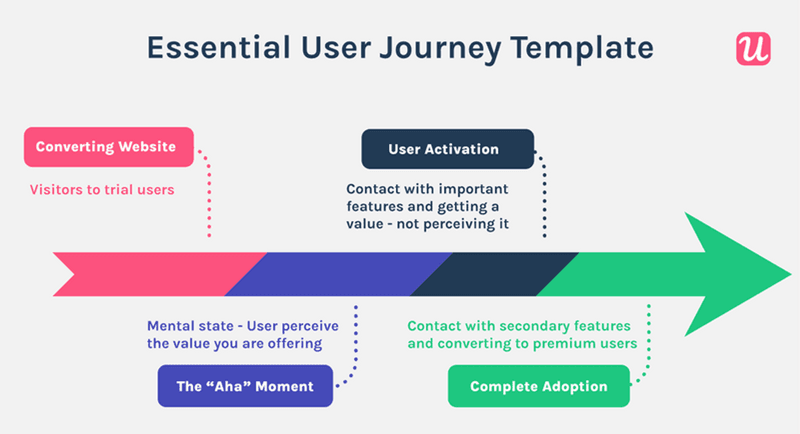
What is high-touch vs. low-touch marketing?
The difference between high-touch marketing and low-touch engagement models is the proactive nature of the former. Strategic high-touch marketing can help you sell complex products by maintaining long-standing relationships with your audience.
In contrast, low-touch marketing relies on digital advertising rather than human contact. There’s no right or wrong approach, though. It all depends on your product and what type of customers your company is targeting.
If your customers have complex needs, create a relationship that will help them realize that your product is the answer. Taking a more personal touch approach to marketing has the added benefit of creating key supporters for your product that could later become advocates.
What are the characteristics of high-touch marketing?
High-touch marketing has four main characteristics:
- Authentic. High-touch marketing aims to create a genuine relationship with customers rather than just leverage multiple conversations to fulfill business targets or product goals.
- Informative. Informative messaging is a critical part of high-touch marketing since this will keep customers engaged long enough to make a purchase.
- Personalized. Customers don’t want boilerplate scripts, so be sure to personalize your messaging to the client when taking a high-touch approach.
- Data-driven. Like all digital engagement, high-touch marketing should be analytics-driven to ensure that your business is interacting with customers in the most efficient manner.
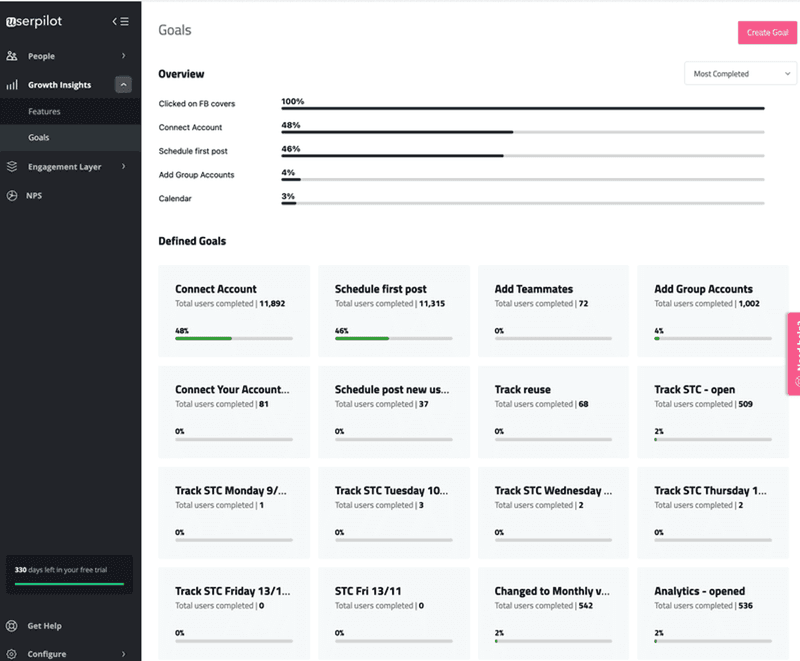
What are the benefits of high-touch marketing?
There are quite a few benefits to high-touch marketing, but we’d like to point out these four:
- Stronger customer relationships. The more you connect with your users, the stronger the relationship between them and your business will become.
- Higher retention and loyalty. High-touch marketing can increase retention rates since customers who have a relationship with your company will be less likely to jump ship if they see a competitor with lower pricing or more features.
- Shorter sales cycles. Customer acquisition and upsells (as well as the overall sales process) are a lot quicker when you have a pre-existing relationship with the prospect.
- Increased LTV. Whenever a client upgrades their subscription or switches to an annual plan because of high-touch marketing, the lifetime value (LTV) increases.
What are high-touch marketing activities?
High-touch marketing spans multiple communication channels and touchpoints across the entire customer journey. In the subsections below, we’ll go over the main ones.
1. Email nurture campaigns
A well-planned email strategy can nurture leads into paying customers, brand advocates, and product champions. Email campaigns could include onboarding flows, marketing emails, educational newsletters, or other types of nurturing sequences that keep users engaged.
Email nurture campaigns can also establish you as a thought leader in your industry, retain users for longer, and re-engage churned users through win-back campaigns. Here’s a great example of Asana using email messaging to re-engage churned users:
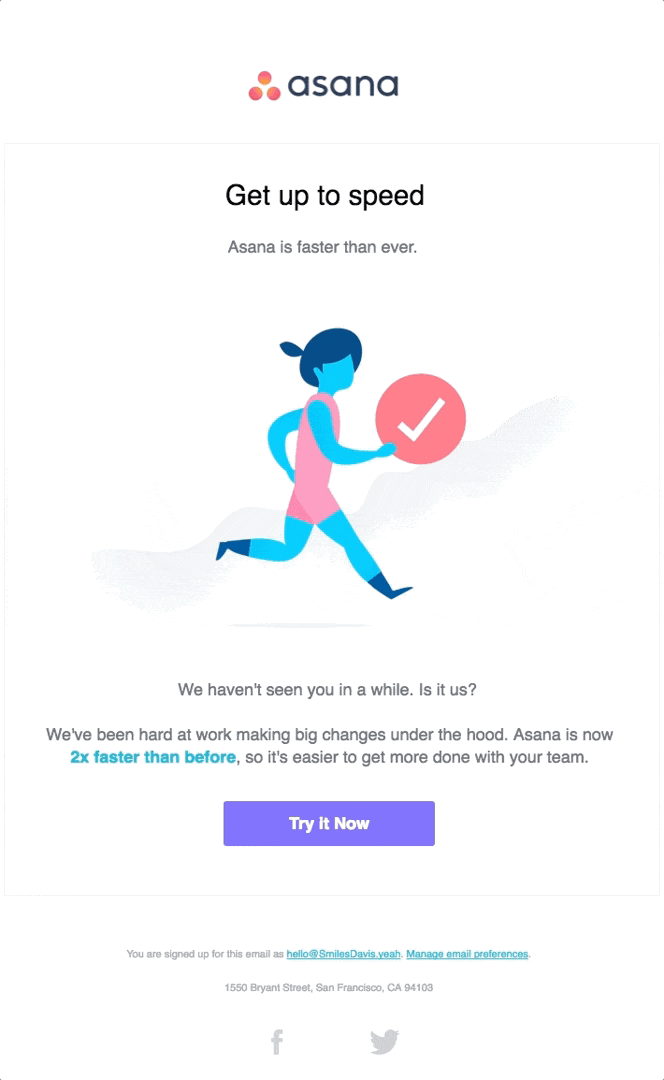
2. Effective in-app messaging
In-product communication can be a huge factor in determining whether or not users are able to seamlessly navigate and utilize your product. In-app messaging should always be contextual and tailored to each user’s specific needs.
When properly planned and executed, in-app messaging will drive feature adoption, account expansion, and increased customer satisfaction.
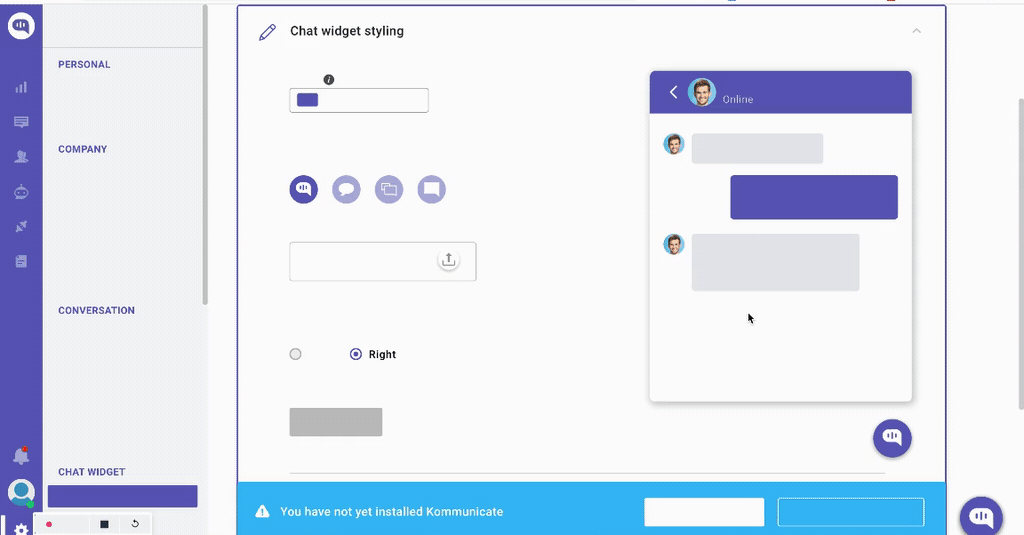
3. Strong social media presence
Social media is one of the most popular ways to stay connected to customers and keep your brand at the top of their minds. However, high-touch marketing calls for more than just posting from time to time.
Customers expect to be able to talk to a human representative when they reach out to companies through social channels. As such, it’s a good idea to have your employees introduce themselves on a personal level whenever they interact with users on social networks.
This makes the conversation feel more organic rather than a sales pitch that’s trying to sell them products or services. Creating groups on platforms like Facebook or LinkedIn is also a great way to drive community-led growth for your company.
4. Customer education programs
While low-touch campaigns may be able to get by on short-term advertising efforts, high-touch efforts require long-term investment in customer education. Creating online resources like whitepapers, eBooks, courses, blog posts, webinars, or research studies are all examples of this.
The more you invest in customer training, the better equipped your users will be to get value out of your technology. As more users achieve success with your product, they’ll be more likely to renew their subscription or potentially even upgrade it.
How to build your high-touch marketing strategy
Now that you’re familiar with the benefits of high-touch marketing strategies, it’s time to take a look at how to build one out and which best practices to follow!
1. Make data work for you
If you want to make data-driven decisions for your business, the first step should be collecting useful information and then analyzing it using automated technology. You could segment customers based on their behavior or needs rather than relying on demographics alone.
Afterward, you’ll be able to create custom flows, assets, and marketing campaigns that each target a different segment of your user base. Here’s a look at how Userpilot’s dashboard makes it easy to segment users based on their in-app behavior:
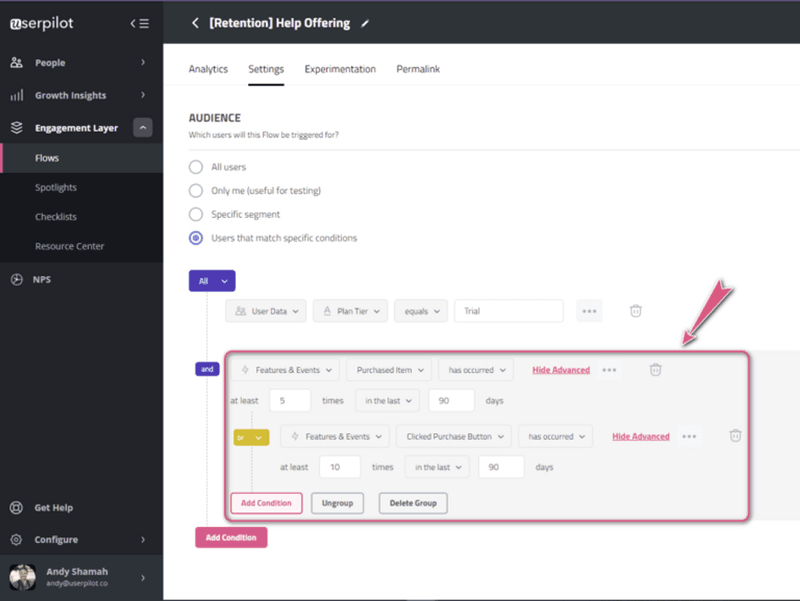
2. Tap into emotions
Customers are more likely to stay loyal to brands that they have an emotional connection or association with. This is where emotional marketing comes in to leverage the inherently emotional nature of humans.
Depending on who your audience is and what pain points they’re trying to solve with your product, you may need to target different emotions. In any case, you should narrow your focus to just one or two emotions; otherwise, the environment may feel too disjointed.
Customer delight is a good place to start since it’s easily invoked (such as by surprising users with a gift or thank-you email) and can create lasting memories about how your team or product changed the customer’s life.
Wowing a customer also increases the odds that they’ll tell their friends about how valuable your software is. Emotional design can also enhance the user experience and perceived quality of your product amongst clients.
3. Hear your customers out
To increase engagement and make customers feel like they’re a part of your brand community, your marketing efforts should be interactive. Bringing life to the voice of the customer (VoC) is important since it gives users the chance to express their feelings and share feedback.
A few ways to show customers that you support their voice would be to reply to reviews they leave, like their social shares, post their testimonials on your website, and run microsurveys to get their thoughts on recent updates or new features.
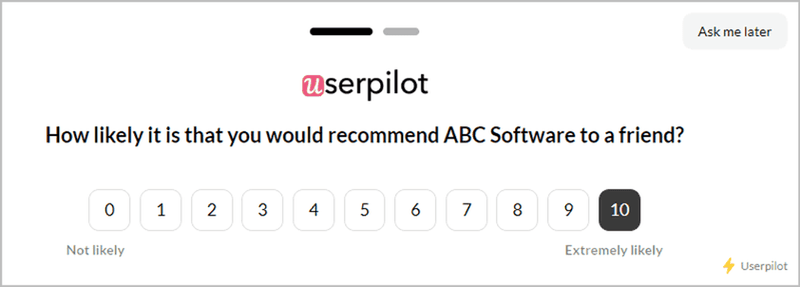
4. Prioritize company culture
No matter how high-tech your interactive marketing efforts get, high-touch marketing still needs to remain authentic at its core. Modern customers are more impressed by company culture and ethical brands than flashy high-tech solutions.
Unify your entire team around a shared set of values and a common mission to ensure that those core pursuits emanate throughout your business. For instance, having a customer success manager with customer empathy will lead to better experiences for the user.
You should also showcase your company culture externally. Give customers a chance to see the faces that work behind the scenes to make the product the best it can possibly be. This humanizes businesses in the mind of customers and builds customer goodwill.
5. Play the long game
High-touch marketing aims to cultivate long-term customer value and retention rather than getting quick wins that don’t make a lasting impact. To build up a stable product with continual growth, you’ll need a marketing roadmap with clear goals and consistent efforts.
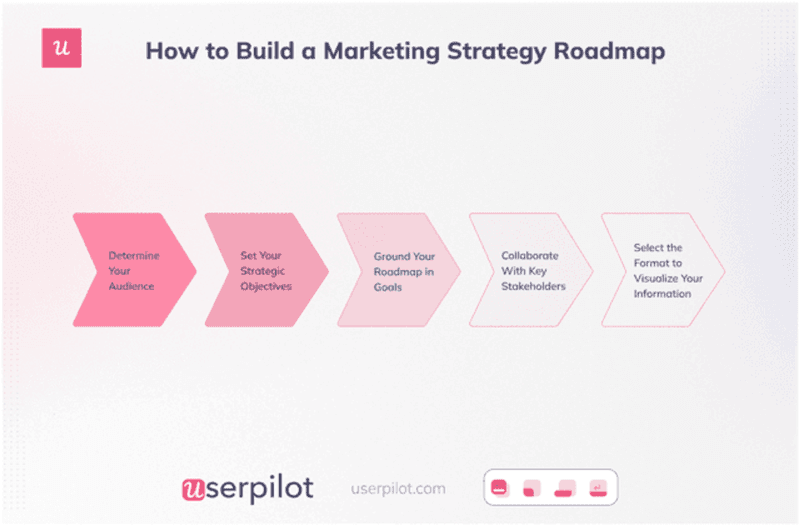
Similarly, creating lasting customer relationships requires that you get to know users, build effective engagement funnels, personalize interactions, and repeat these steps on a regular basis.
Just because you’re an advocate of product-led growth (PLG), that doesn’t mean that the product will become sentient and contact every customer for you. You still need to deliver on the promises that were made during the communication phase of the customer journey.
High-touch marketing software to get the job done
Userpilot is a code-free, flexible tool that can help you create personalized onboarding flows and in-app messages that will guide users to their Aha! moment.
Similarly, you can onboard and engage mobile app users by creating personalized messaging, push notifications, and surveys with Userpilot, extending these powerful capabilities to your mobile audience. With it, you’ll be able to leverage the latest product growth technology without having to write the code yourself.
For example, you could set certain events as a trigger for in-app messages, surveys, or interactive flows to make the high-touch approach feel more contextual for users. You can also segment users and then target different customer personas.
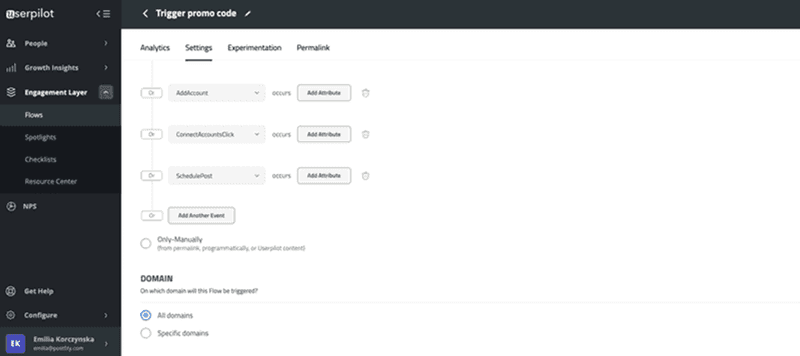
In addition to creating contextual guidance flows for your target market, Userpilot also provides useful user data and responsive analytics tools that help you track engagement trends over different periods of time.
Final words
As you can see, high-touch marketing could very well be the answer to more sales, happier clients, and other problems that businesses face on a daily basis. If you’re ready to get the most out of your high-touch efforts, it’s time to grab your free Userpilot demo today!






